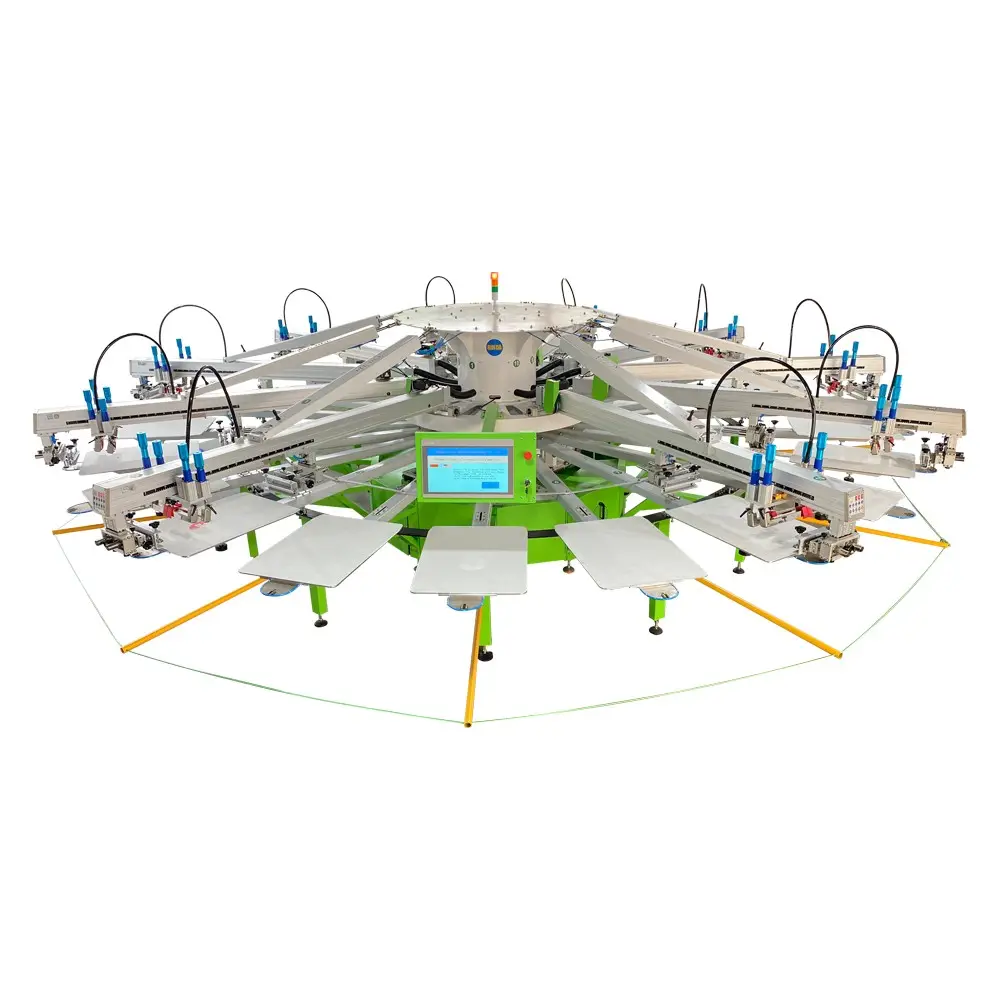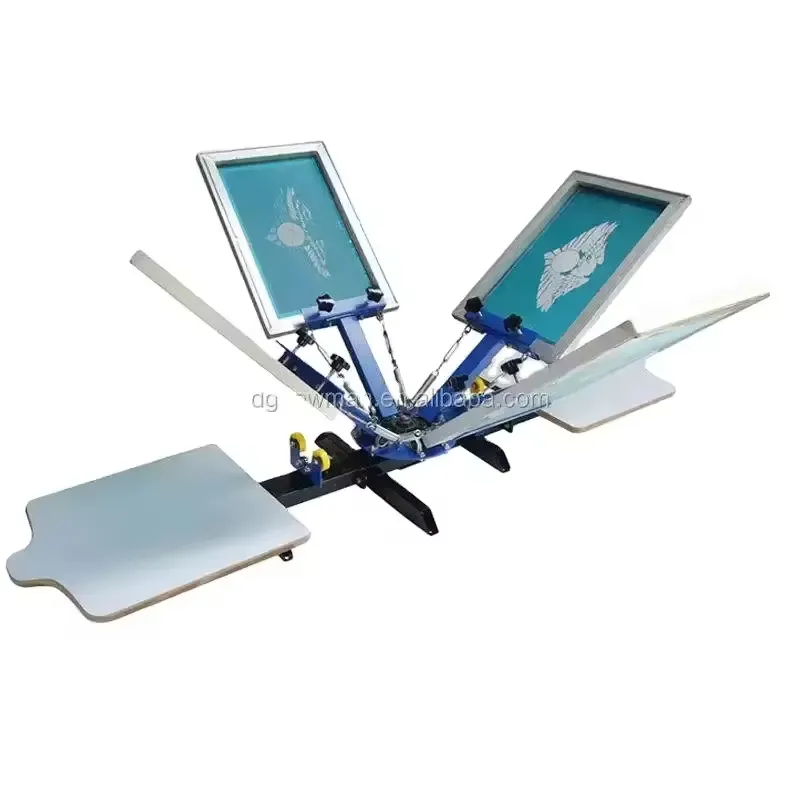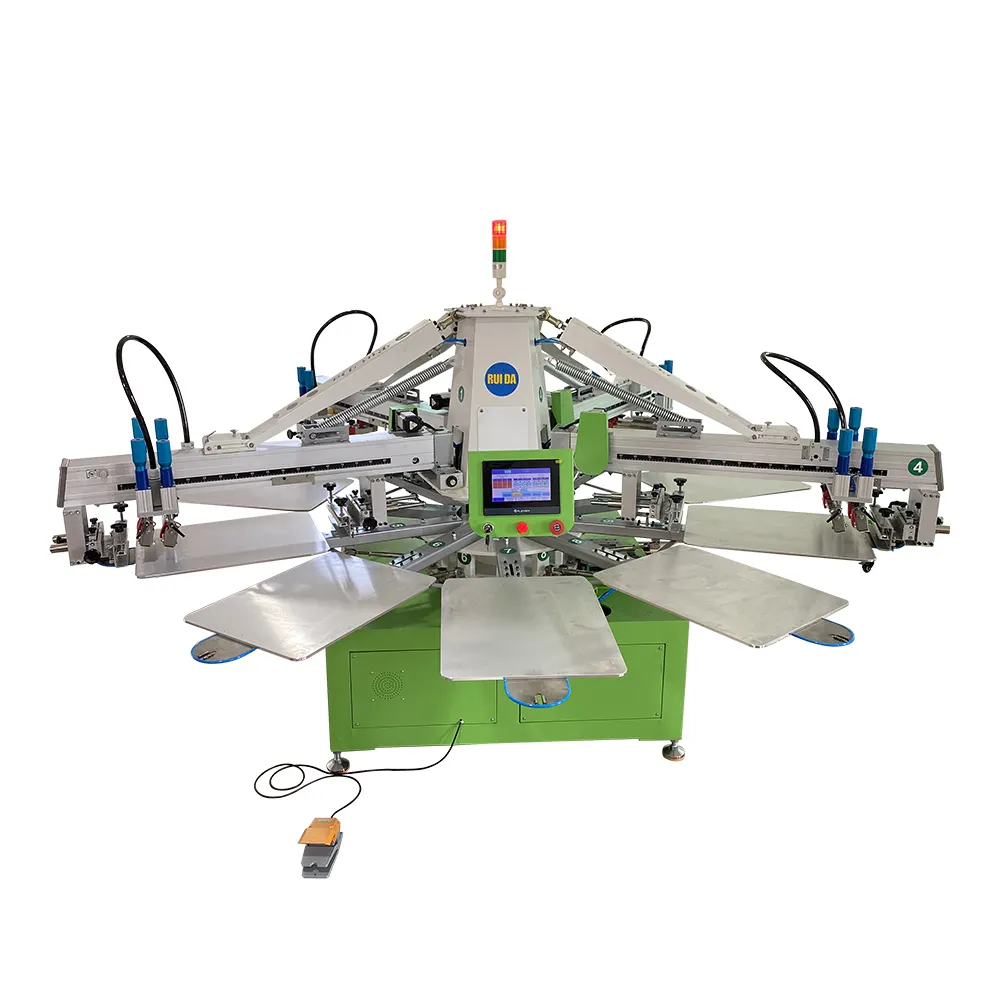Versatility in Design and Application
Screen printing on ceramics offers remarkable versatility in terms of design possibilities and application methods. The technique accommodates an extensive range of design elements, from simple single-color patterns to complex multi-color illustrations with photographic quality. Different ink formulations can be used to create various effects, including metallic finishes, matte textures, and glossy surfaces. The process can be applied to virtually any ceramic surface, regardless of shape or size, making it suitable for everything from small decorative items to large architectural panels. Special effects can be achieved through overprinting, the use of transparent inks, and combination with other decoration techniques. This versatility extends to the types of ceramics that can be printed, including porcelain, stoneware, earthenware, and technical ceramics, each requiring specific ink formulations and firing protocols.


